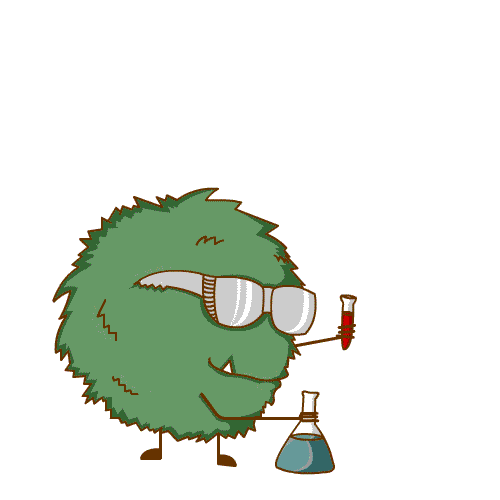
And today in my ”Understanding Research” series: Confirmation Bias
It’s one of the biggest issues when it comes to research. Just imagine, you are looking for a certain result. You spend weeks, months, maybe even years on experiments and collect results. Would you want to just accept that your hypothesis was wrong?
Of course not. And at this point, confirmation bias does its work.
Researchers usually don’t intentionally fake their results but it can be very easy to fool yourself into thinking that the results are showing exactly what you expect them to show. And when you interpret the results in a certain way, you write them it down like this.
Another kind confirmation bias is either giving results contradicting your beliefs less value or even straight out ignore them.
And this doesn’t only apply to scientific research but happens to everyone, especially when two people believe in two different things and argue about it. They both have the same evidence, the same results but both interpret it in their own way. The resulting conflict can rarely be resolved as the discussion tends to get more and more emotional.
So how can you avoid confirmation bias? It’s tricky. You need to force yourself to accept that your beliefs are wrong and look at the existing evidence in not just one but several ways. If it still confirms your hypothesis, great! Show it to someone else too. If not, maybe your hypothesis is wrong. Or maybe your experiment failed.
Read More:
Confirmation Bias – Science Daily
Got a scientific topic which you want to see as a story? Leave me a comment!
You want to support scientists on Steemit? You are a scientist on Steemit? Join the #steemSTEM channel on steemit.chat and connect with us!
STEM is an acronym for Science, Technology, Engineering and Math
